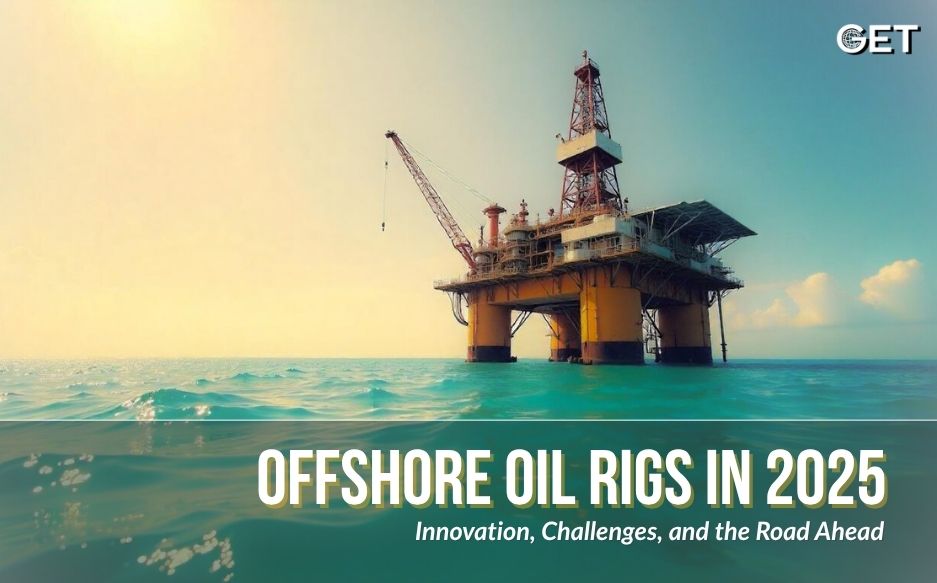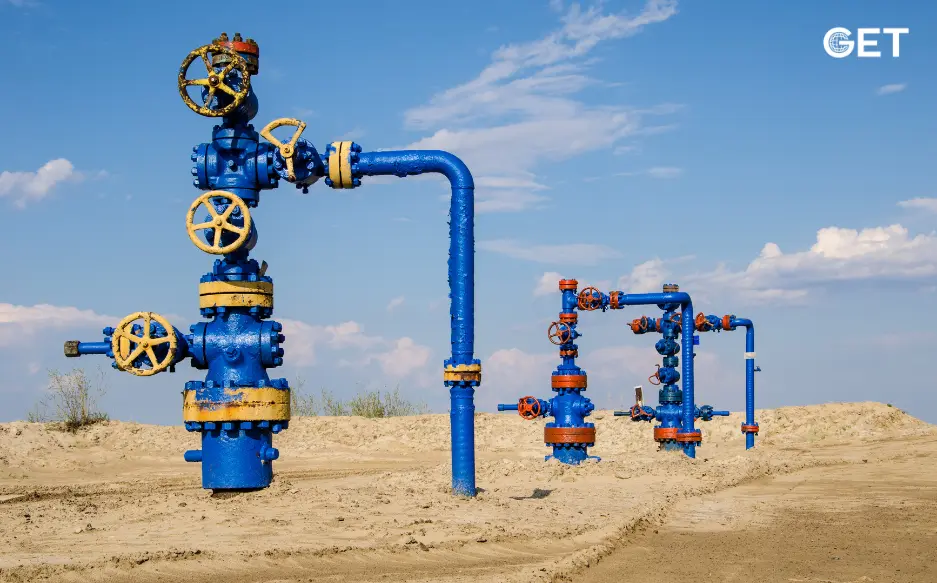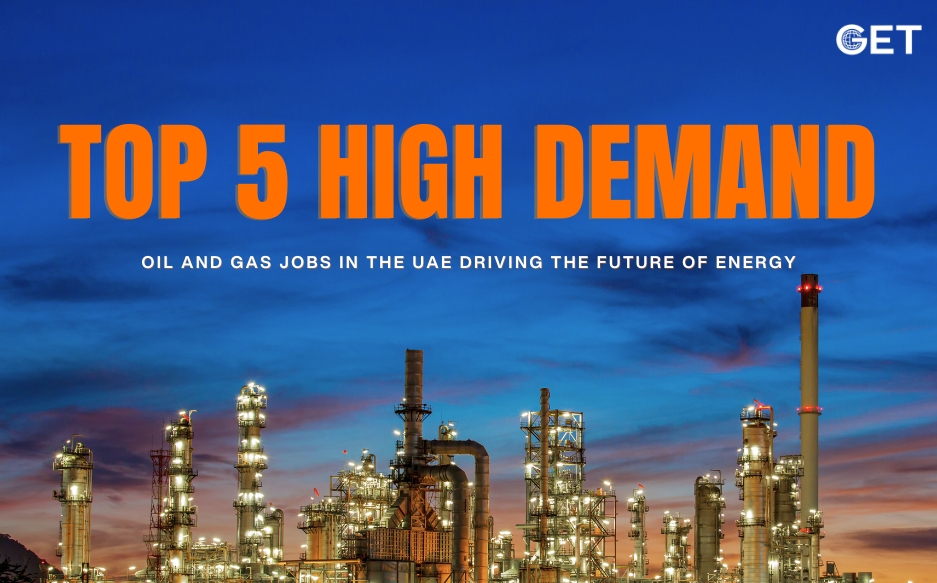
In 2025, offshore oil rigs are standin’ at a major turning point. From smart tech to climate pressure, the upstream oil and gas industry is dealin’ with a mix of fresh possibilities and real tough challenges. These giant machines that sit far out in the ocean—drilling’ into the seabed—ain’t just symbols of engineering anymore. They’re now battlegrounds where innovation, environment, and energy needs all collide.
The oil and gas industry is under pressure from different directions—people want more energy, but also want it to be cleaner and better for the environment. For companies that find and produce oil and gas, this means they have to rethink how they design, drill, use data, and make decisions.
So, what’s really changing’? And what’s staying the same?
First things first, technology is takin’ center stage like never before. Offshore oil rigs are now smarter, more efficient, and surprisingly—more connected.
Let’s break it down a bit:
This kinda stuff is game-changing for the upstream oil and gas industry. It reduces downtime, boosts safety, and saves a bunch of money in the long run. Plus, let’s be honest—nobody minds avoiding a chopper ride to the middle of nowhere every other week.
Of course, it ain’t all smooth sailing. Offshore rigs still face some serious headwinds.
One of the biggest issues is high operational cost. Setting up and maintaining offshore platforms takes millions—sometimes billions. And with fluctuatin’ oil prices, that’s a risky bet for many companies in the upstream oil and gas sector.
Here’s a few more problems that ain’t going away anytime soon:
So while rigs are gettin’ smarter, the game’s still risky—and expensive.
Now, this is where things get tricky. Offshore oil rigs and the word “sustainability” don’t exactly go hand-in-hand in most people’s minds. But times are changin’.
The oil and gas industry is slowly (but surely) tryin’ to clean up its act. Here’s how:
Sure, it’s not perfect. There’s still a long way to go before you can call offshore drilling “green.” But these baby steps matter—and they’re startin’ to add up.
More companies in the upstream oil and gas industry are now including’ sustainability as part of their long-term strategy. It ain’t just about profits anymore; it’s also about reputation and responsibility.
Digitalization is probably one of the biggest drivers of change in offshore oil rigs. Everything from data to decision-making is being reshaped by tech.
This tech-first approach is slowly becoming the standard in the upstream oil and gas space. It’s helpin’ rigs reduce downtime, save costs, and—most importantly—keep workers safer.
Read Also- Top 5 Global Renewable Energy Companies Transforming the Future of the Energy Industry
So where is all this headed? What does the future really hold for offshore oil rigs?
Honestly, a lot depends on how well the oil and gas industry adapts to a fast-changing world. But here’s what we can expect:
Additionally, investment is probably going to move toward multipurpose platforms, or rigs that can support wind turbines, oil drilling, and even the production of hydrogen.
Basically, compared to just ten years ago, the upstream oil and gas industry will be much more tech-savvy and diverse in the future.
In 2025, offshore oil rigs are more than just platforms in the ocean; they are symbols of the progress and potential future directions of the oil and gas industry.
Without a doubt, the public, regulators, and the environment are all putting pressure on the upstream oil and gas sector. However, it’s also innovating, adapting, and demonstrating that even the most resilient industries can change.
It is true; the challenges remain. However, with intelligent technology, sustainability initiatives, and strategic thinking, offshore rigs can still be significant sources of power for the world—only a cleaner, more intelligent source.
Whether you are on an offshore rig with offshore personnel, in an office planning for new offshore endeavor, or just observing the industry from the sidelines, one thing is for certain—the future road ahead is filled with surprises; best to stay tuned!

By Get global | December 11, 2025

By Get global | December 5, 2025
Turkey’s ambitions in the energy sector have taken a significant step forward as Turkish Petroleum (TPAO) ramps up drilling at its latest Black Sea discovery. The find is considered one of the most promising additions to the region’s portfolio, reshaping the conversation around Turkish gas exploration, self-sufficiency, and the future […]

By Get global | November 27, 2025
The upstream oil and gas industry is thrilling, quick-moving, and rich with opportunities—but let’s face it, it also has a lot of technical language. If you are a newcomer to the industry, changing jobs, or just wanting to enhance your knowledge about the industry, mastering the right terms can facilitate […]

By Get global | November 24, 2025

By Get global | November 17, 2025
Anyone who has worked in the UAE energy sector will tell you the same thing. The industry here keeps moving. Every year brings new drilling activity, stronger digital adoption, and a clearer shift toward cleaner and more efficient operations. Because of this, companies are looking for a different mix of […]